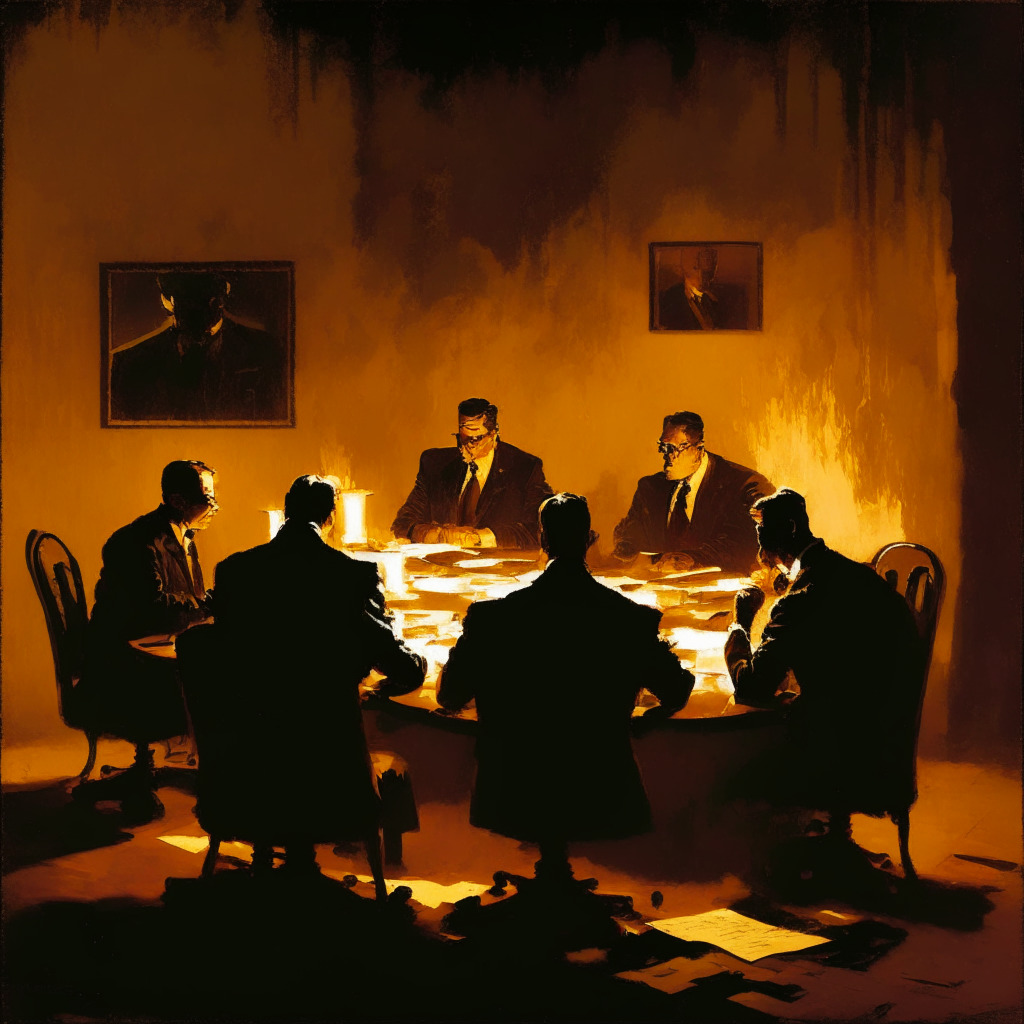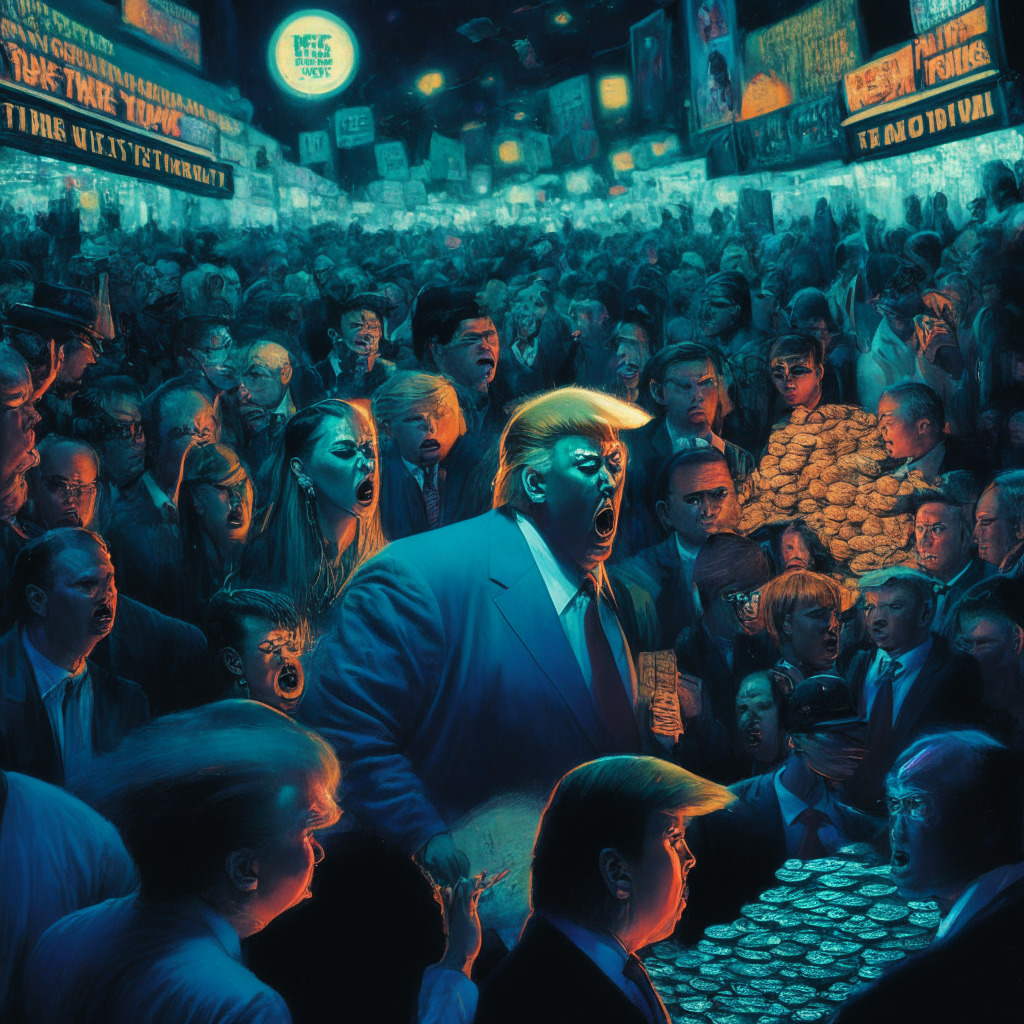The crypto exchange FTX announced plans to undergo a revival, to mixed receptions. Industry insiders, such as the co-founder of Kraken, Jesse Powell, have voiced doubts regarding the practicality of these rejuvenation goals, highlighting potential stumbling blocks in its resurrection. His skepticism was shared among other industry stalwarts, who echoed the challenges of assembling an adept team and building a secure, high-performance exchange.
In the wake of this, the “FTX 2.0 Coalition,” a group of FTX advocates, stressed the importance of capable management armed with experience, resources, and alignment with creditors to successfully lead the revival proceedings. The coalition also pointed out the potential impact of the 1.8 million creditors, who could significantly influence the launch of a reinvigorated FTX.
Despite these setbacks, the FTX 2.0 Coalition noted that the scarcity of viable alternatives exists. They highlighted that other leading exchanges such as Binance and Coinbase are dealing with problems of their own, such as current legal disputes with regulatory bodies.
Other perspectives argue for auctioning off the domain and trademark, regarding proceeding beyond this as unrealistic. The advocates emphasize that given no established team, technology, license, banking relationships, and a beclouded brand reputation, FTX 2.0 might actually be in worse condition than starting from scratch.
Amid all these back and forths, FTX confirmed its agenda to relaunch under a fresh brand identity. The new CEO, John J. Ray III, submitted a draft plan proposing to establish an energized offshore exchange targeting non-U.S. users. Although such a strategy gives hope to dotcom customers and U.S. customers alike, grievances were aired by the official committee of FTX’s unsecured creditors who claimed to be in the dark about the draft decision process.
Hopefully, the industry may learn some lessons from FTX’s journey: the fall, attempted revival, and the question of the feasibility of resurrecting a tainted brand. Meanwhile, the jury is still out on how the simmering tensions within the industry, the skeptical insiders, and the reviving forces will play out in the coming days.
Source: Cryptonews




